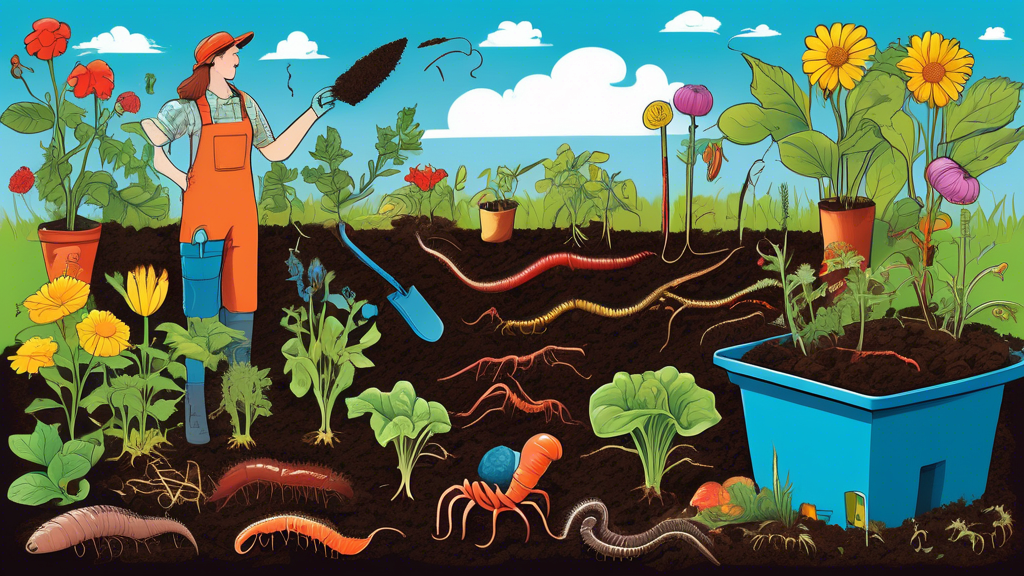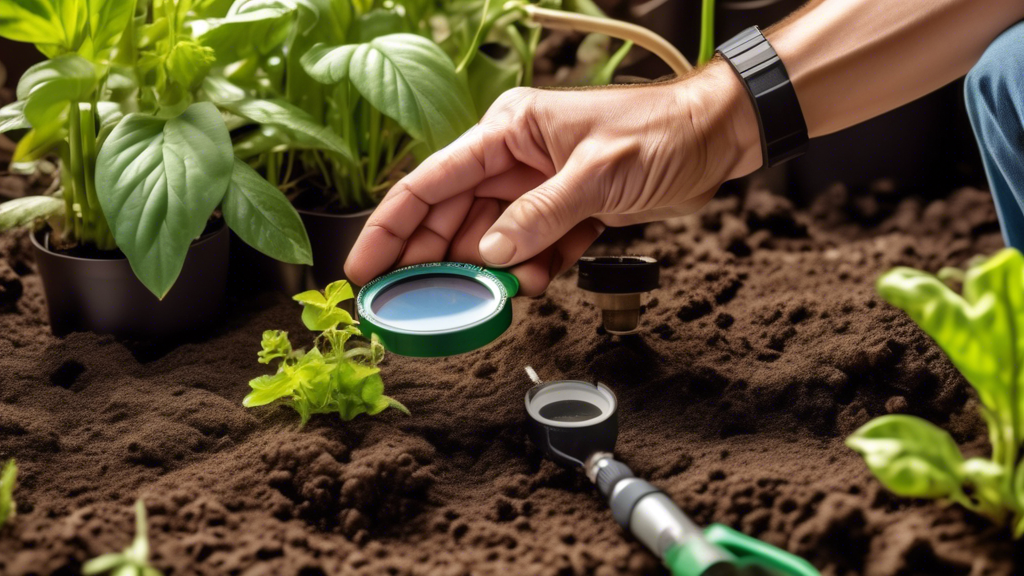
Why Standard Pest Control Often Fails
The Recurring Infestation Cycle
Many homeowners experience the frustration of pests returning shortly after treatment. This happens because standard sprays often only eliminate the pests you can see, missing hidden nests, larvae, and eggs that quickly repopulate the area.
The Danger to Your Family and Pets
Overusing broad-spectrum chemical pesticides can expose your loved ones to harmful toxins. These substances can linger on surfaces, in the air, and on pet fur, posing potential health risks from respiratory issues to more serious long-term effects.
The Unseen Environmental Cost
Chemical runoff from traditional pest control doesn’t just disappear. It can seep into groundwater, harm beneficial insects like bees, and disrupt local ecosystems, creating a ripple effect of environmental damage.
The Financial Drain of Reactive Solutions
Continuously paying for emergency pest treatments adds up quickly. This cycle of reaction rather than prevention proves far more expensive over time compared to implementing a consistent, proactive management plan.
The Core Principles of Effective Pest Management Strategies
Inspection and Identification: Know Your Enemy
Proper pest management begins with accurate identification. Understanding the specific pest’s biology, life cycle, and behavior patterns is crucial for selecting the most effective control methods.
Prevention: The Most Powerful Weapon
Stopping pests before they become a problem is the cornerstone of effective management. This involves eliminating their access to the three things they need most: food, water, and shelter.
Monitoring: Catching Problems Early
Regular monitoring using traps, visual inspections, and other detection methods helps identify pest activity at the earliest stages, when control is most manageable and least invasive.
Control: Choosing the Right Tool for the Job
When intervention is necessary, the most effective approach starts with the least risky methods, escalating only as needed while minimizing environmental impact and health risks.
IPM vs. Traditional Pest Control: A Head-to-Head Comparison
| Aspect | Traditional Pest Control | Integrated Pest Management (IPM) |
|---|---|---|
| Philosophy and Approach | Reactive “see a bug, spray a bug” mentality focused on quick elimination | Holistic, proactive system emphasizing long-term prevention and ecosystem balance |
| Primary Methods Used | Heavy reliance on chemical pesticides as the first solution | Combination of biological, cultural, physical, and chemical tools |
| Long-Term Effectiveness | Often leads to recurring problems and pesticide resistance | Sustainable approach that builds long-term resilience |
| Cost Over Time | Frequent treatments create ongoing expenses | Higher initial effort pays off with reduced long-term costs |
Implementing Your Own Effective Pest Management Strategies
For the Home: Sealing the Fortress
Start by conducting a thorough inspection of your home’s exterior and interior. Seal cracks and crevices with caulk, install door sweeps, repair damaged screens, and ensure food is stored in airtight containers. Don’t forget to fix leaky pipes and faucets to eliminate water sources.
For the Garden: Fostering a Balanced Ecosystem
Create an environment that naturally regulates pests. Introduce beneficial insects like ladybugs and lacewings, use companion planting strategies, and apply horticultural oils or insecticidal soaps as targeted treatments when necessary.
When to Call a Professional
While many pest issues can be managed independently, certain situations require expert intervention. These include structural damage from pests like termites, large-scale infestations, or when dealing with dangerous species that pose health risks.
The Unique Role of Plant Diversity in Pest Management
How a “Messy” Garden is a Healthy Garden
Here’s something unique many gardeners don’t realize: Monocultures (large plantings of a single crop) essentially create an all-you-can-eat buffet for pests. Diverse planting schemes, including what might appear as a “messy” mix of species, actually create a complex environment that confuses pests and attracts their natural predators. The strategic placement of aromatic herbs like rosemary, mint, and basil among your vegetables can naturally repel specific insects while enhancing your garden’s biodiversity.
Frequently Asked Questions About Effective Pest Management Strategies
Is Integrated Pest Management (IPM) completely organic?
Not necessarily. While IPM emphasizes reduced pesticide use, it doesn’t exclude them entirely. The approach prioritizes targeted, low-impact options and uses pesticides only as a last resort. The primary goal is risk reduction and environmental responsibility, which may include both organic and synthetic solutions when absolutely necessary.
How long does it take for these strategies to work?
Prevention measures show immediate results by stopping new infestations from establishing. For existing pest problems, IPM may require several weeks to fully break the pest’s life cycle and establish control. While it might take longer than a chemical spray, the results are typically more permanent and sustainable.
Can I use IPM strategies in an apartment?
Absolutely. Apartments can benefit greatly from IPM principles. Focus on prevention through proper food storage, sealing entry points, maintaining cleanliness, and eliminating standing water. For building-wide issues, coordinate with your landlord or property manager to implement comprehensive strategies.
What is the single most important step I can take?
Eliminate moisture. Many pests, including cockroaches, termites, silverfish, and mosquitoes, are attracted to and require water to survive. Fixing leaks, improving ventilation, using dehumidifiers, and eliminating standing water addresses a fundamental need for most pests and serves as a cornerstone of any effective pest management strategy.






